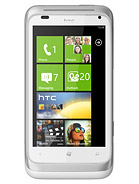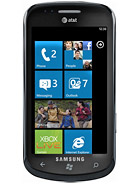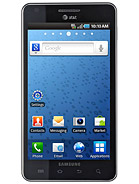Samsung Focus Flash review: Flashing around
Flashing around
Final Words
The Samsung Focus Flash is a device, which will easily grow on you. A lot of this has to do with the low expectations which the smartphone’s price point predisposes you to have towards it when opening its box. We did however, mention already that Microsoft’s strict hardware requirements for Windows Phone devices all but erase the gap between high and low end devices, which pack its latest mobile OS.
Our only major complaint about the device is its serious lack of built-in storage. Microsoft however, has partially offset this issue by giving you access to 25GB of cloud goodness with SkyDrive. You can help yourself in this department even further by opening a Dropbox account. We found a nice and free client for it in the Marketplace.
The latest Windows Phone 7.5 Mango release has become a well-polished and capable alternative to the top dogs in the industry. The lack of apps is its only major fault but Microsoft is hard at work to change this.
We were amazed by the smooth experience, which we had with the Samsung Focus Flash. Again, this fact can be easily explained with the hardware requirements from Microsoft. In an Apple fashion, the software giant has built its OS around specific hardware (in this case, it is Qualcomm made CPUs and chipsets), therefore omitting the possibility of it being a limitation to the overall experience. This is the reason why the Focus Flash shares the same 1.4GHz Scorpion CPU as its bigger brother – the Samsung Focus S.
The Samsung Focus Flash is currently available exclusively at AT&T Wireless for the highly acceptable $49.99 with a two year contract. It is now time to see what else you can get for the same kind of money.
Within the latest crop of Windows Phone offerings, we can find one direct rival to the Focus Flash - the HTC Radar 4G, which is available for T-Mobile. The HTC product however, costs $99.99, while offering a slower 1GHz Snapdragon CPU. Its screen is also no match for the Super AMOLED unit of the Focus Flash.
If you look within the AT&T smartphone ranks, you will notice that the original Samsung Focus is still on sale with a fresh Mango update on board. It will cost you the same as the Focus Flash. The year-old Samsung offering will entice you with a bigger Super AMOLED screen and a microSD card slot on board. Its CPU however is slower at 1GHz, and the device is not as compact as the Focus Flash.
Now, the Android ranks. The most notable alternative from within them comes from no other but Samsung itself. It is the Infuse 4G which, again, is offered exclusively on the AT&T network. The Infuse 4G brings a lot more to the table than the Focus Flash. We begin with the massive 4.5” Super AMOLED Plus screen and an 8MP snapper. The list continues with 16GB of internal storage and microSD card slot. With the same price tag as the newcomer, the Infuse 4G simply has more to offer. In case you opt for it, we can guarantee you that Samsung won’t mind at all.
If you bump up your budget by fifty bucks, you will enter iPhone 4 territory. The 8GB version will set you back $99.99. The same money will get you in the dual-core realm of Android offerings such as Motorola Atrix 2 and Droid X2.
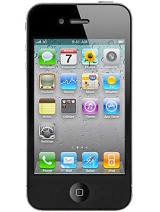
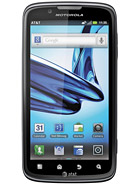
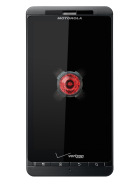
iPhone 4 • Motorola Atrix 2 • Motorola Droid X2
As you can see, there are plenty of Alternatives to the Samsung Focus Flash. The device however, is easily the most credible Windows Phone alternative for its price point. This fact alone should help it gather a decent following. As far as first time smartphone users go, they won’t be disappointed either. Having this is mind, it is a job well done.
Reader comments
- ssss
- 25 Jul 2013
- S0u
the phone is more good when it have bluetooth.
- Onur
- 04 Aug 2012
- QB7
Wow! That's a really neat anwser!
- Nunung
- 04 Aug 2012
- 35t
I recently puacrhsed this phone the only negative things i can say about it is the camera ( does not zoom while taking a picture), dim light and that its like one of the most heaviest phones ( i think) and yeaa.. also using the analog touch pads for ...
